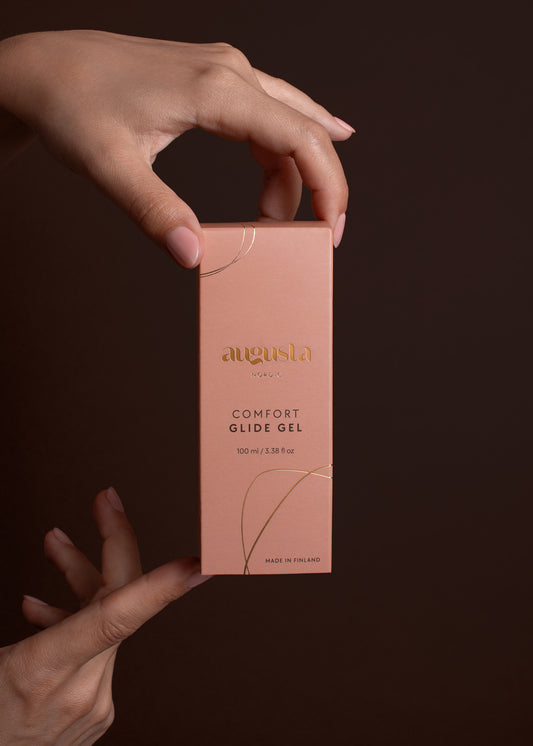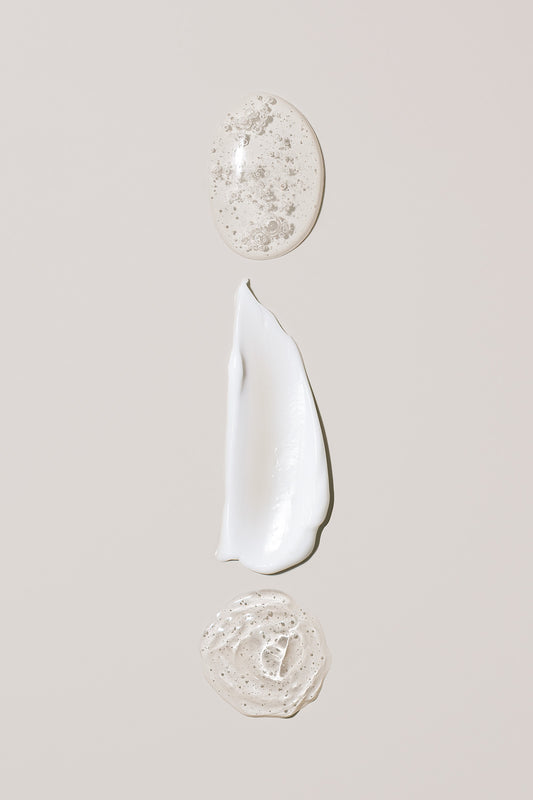Many find hormone replacement therapy, such as the use of estrogen spray, challenging during menopause, especially when the menstrual cycle is no longer regular or has completely stopped. This can be especially tricky with the use of a hormonal IUD, where there are no clear periods, making it difficult to know how to adjust the estrogen dosage. In this post, we explore how to dose estrogen when the menstrual cycle is irregular.
This blog post is part of our Dear Augusta blog series, where our expert team answers questions sent to Augusta Nordic.
Barriers to Estrogen Dosing During Menopause
Dosing estrogen during menopause and perimenopause can be tricky because hormone levels fluctuate, and the menstrual cycle is no longer predictable. While hormone replacement therapy used to be based primarily on a specific cycle and symptoms, nowadays approaches are more flexible. During the transition to menopause, when ovaries produce less estrogen, hormone replacement therapy requires more adjustments and a more individualized approach. If the cycle is irregular, it is common for estrogen production to be very high at times and low at others. This makes it difficult to predict the appropriate dosage.
Listen to Your Body and Adjust the Dose
One of the most important things with hormone replacement therapy is listening to your body. If you use estrogen spray (like Lenzetto spray), you can adjust the dosage according to your needs. Some people find it helpful to use a higher dose at times and a lower dose at others, depending on how symptoms feel. For example, if you feel particularly tired and symptoms worsen, it may be beneficial to use a higher dose (like two sprays instead of just one). The key is that the dosage of the estrogen spray can be adjusted based on your body’s signals, allowing you to tailor the treatment to best suit your needs.
The Future of Hormone Replacement Therapy: Smart Devices and Algorithms
While estrogen dosing today largely relies on personal feelings, in the future, we may see more technological solutions that make hormone replacement therapy even more precise. It’s possible that various smart devices, such as wristbands and rings, could measure physiological values and provide more accurate predictions of when and how much estrogen should be used. This could lead to more customized treatment recommendations based on the body’s actual needs.
Currently, we do not have precise physiological markers that can objectively determine the dosing needs of hormone replacement therapy. However, as technology advances, it's likely that in the future we will have more accurate information to help fine-tune the dosage. As technology progresses, we can expect more precise solutions for adjusting estrogen dosing, but for now, your body and its sensations remain the best indicators for treatment.
Summary
Although dosing estrogen during menopause can be challenging, especially when the menstrual cycle is irregular, it’s important to listen to your body and adjust treatment accordingly. You can adjust the dosage based on symptoms, and if problems persist, it's always good to discuss the issue with a healthcare professional.














